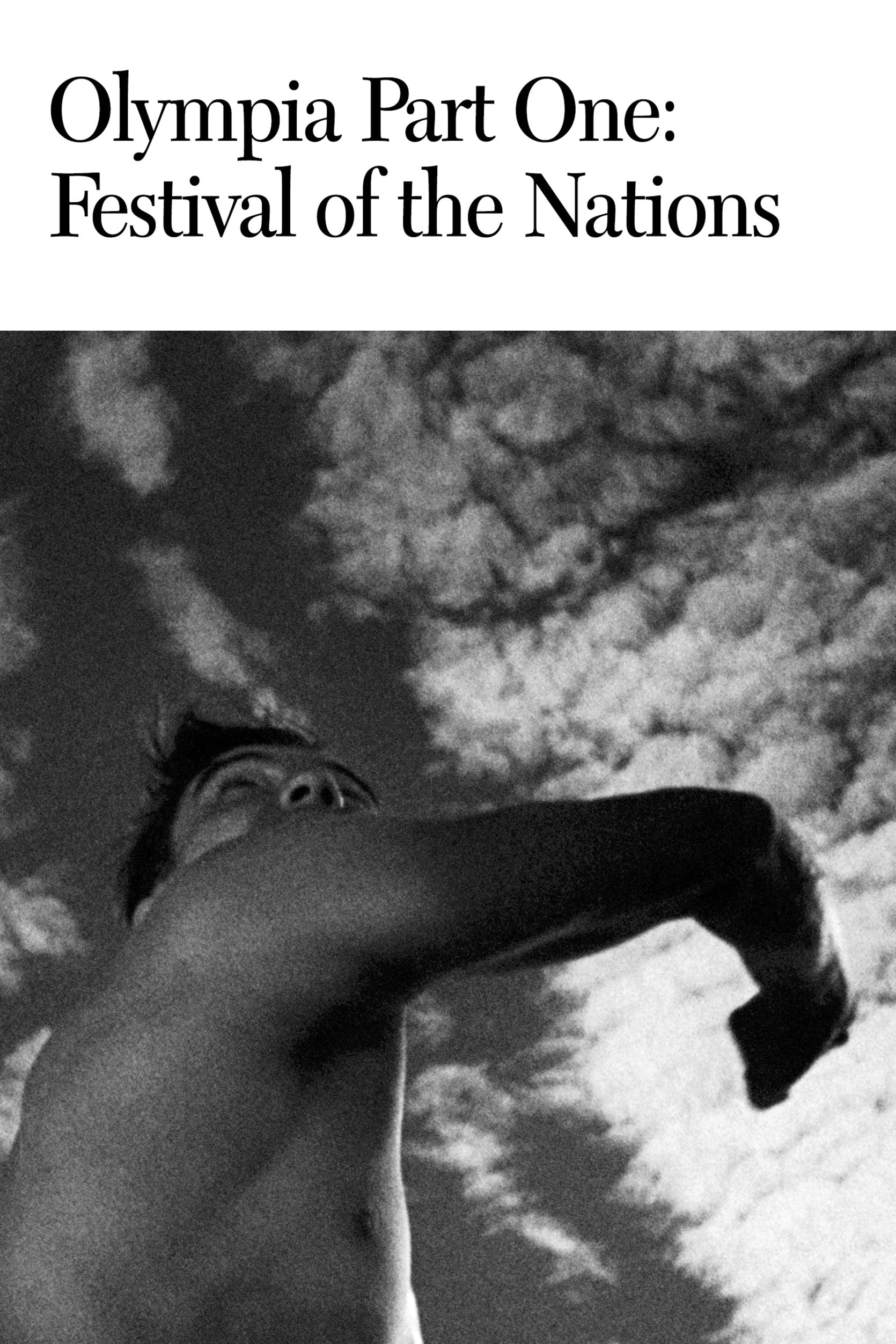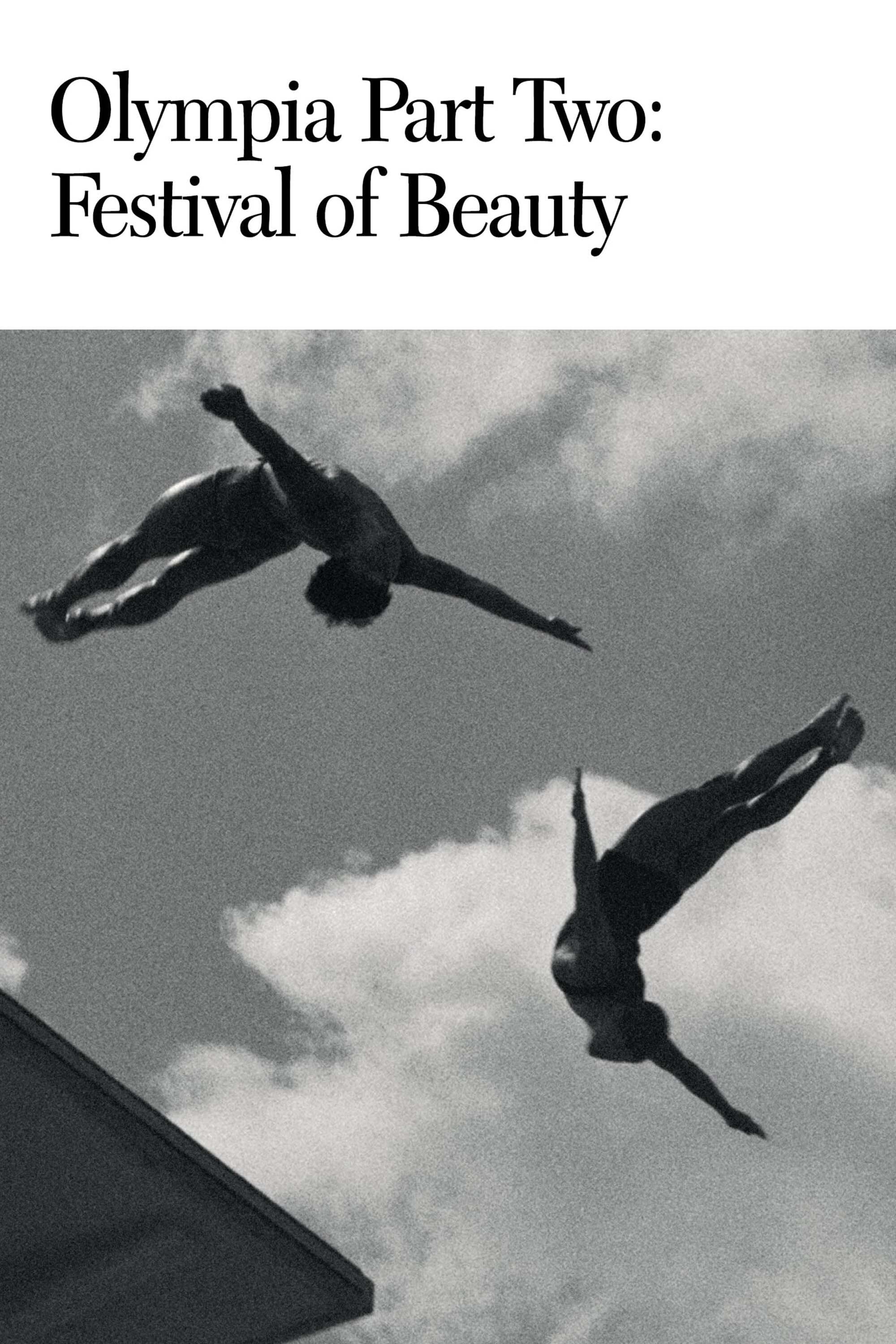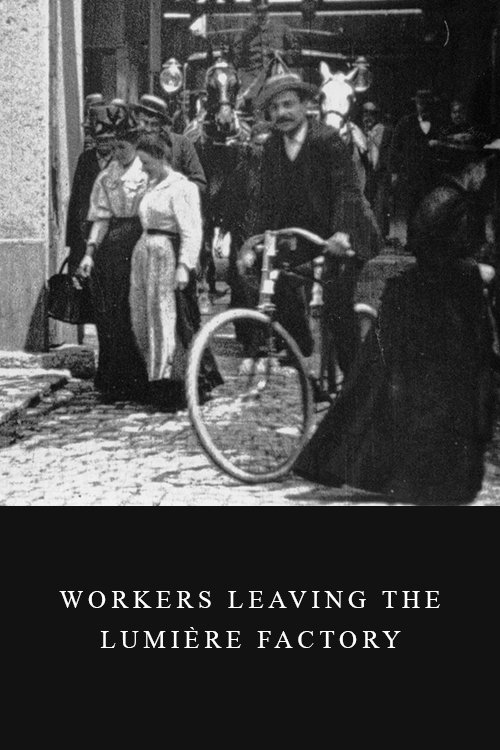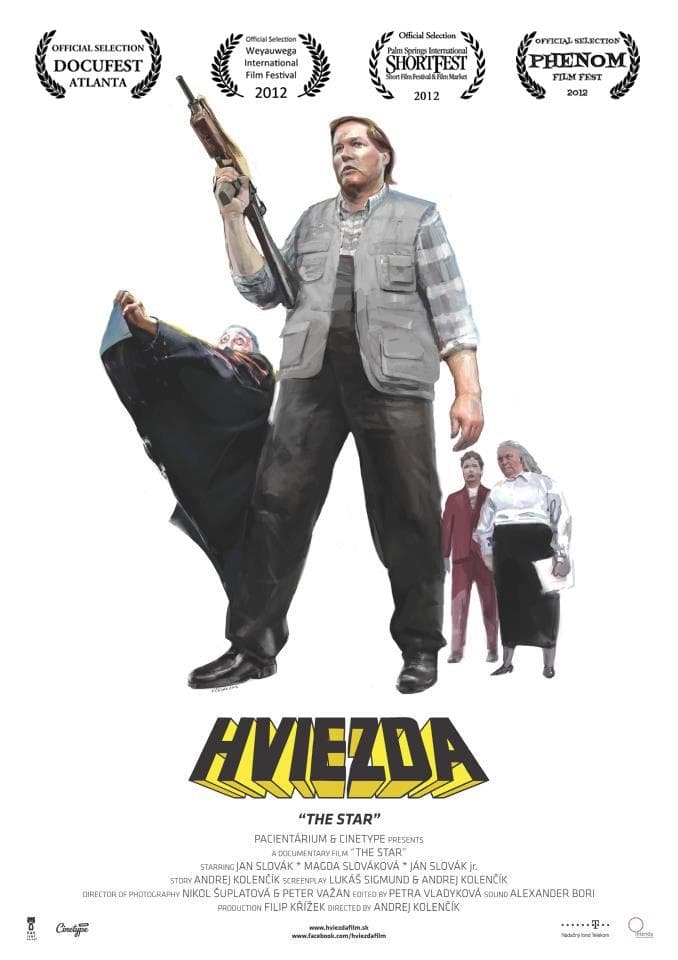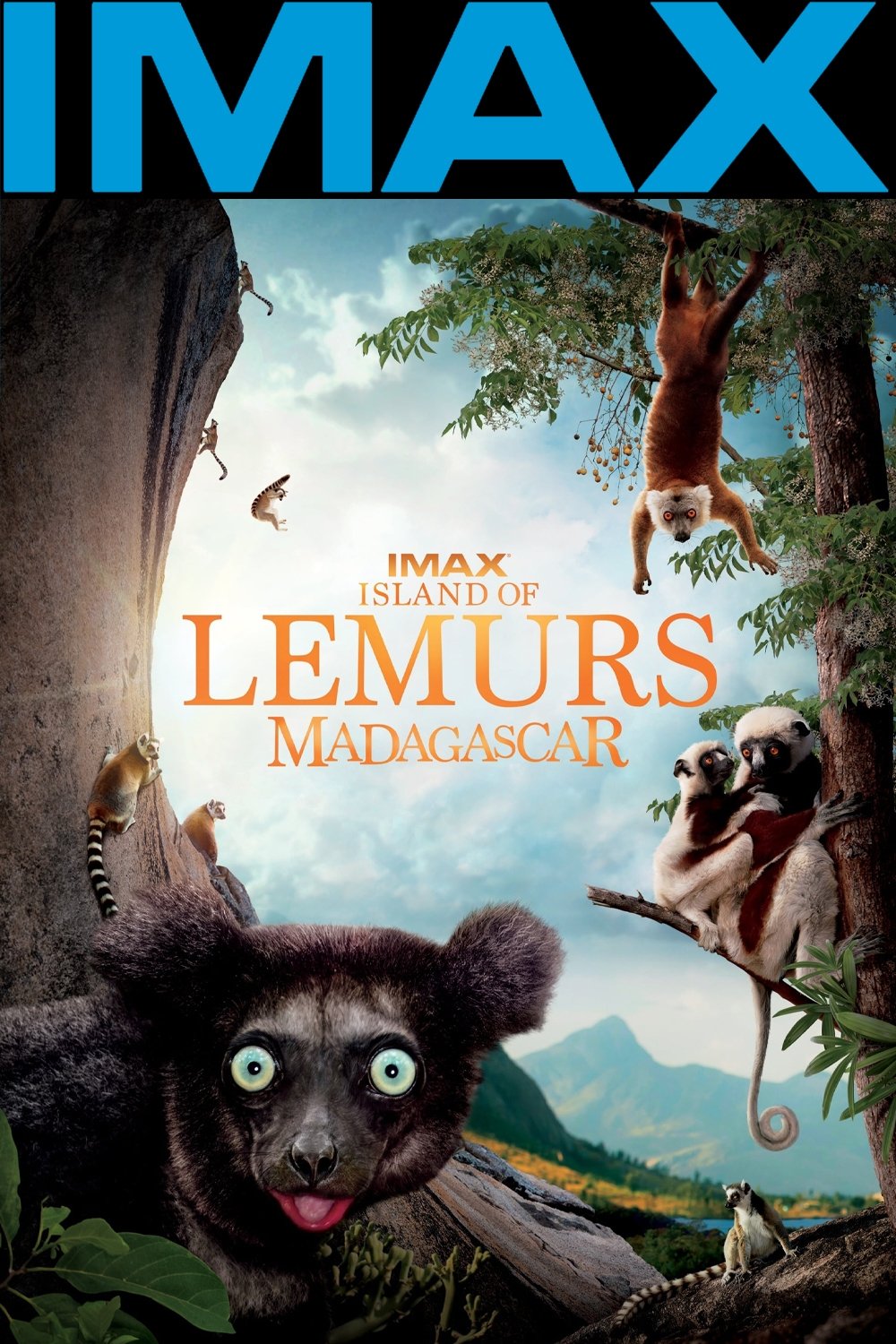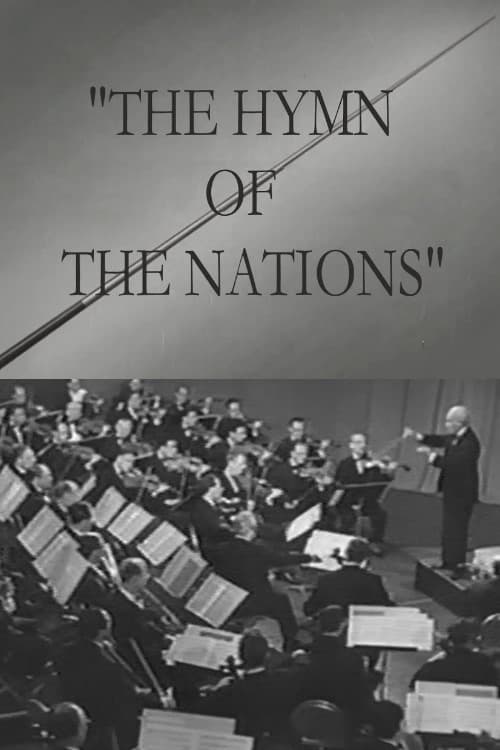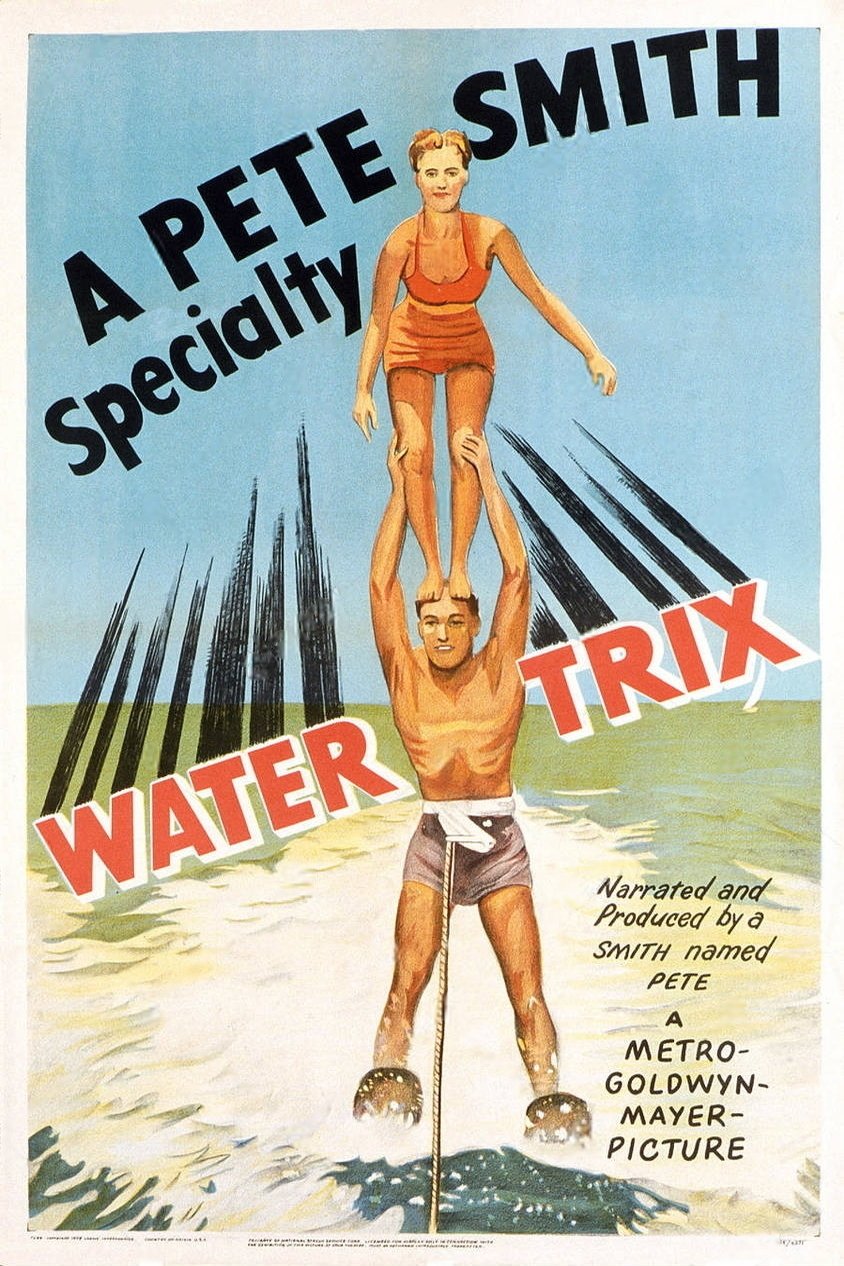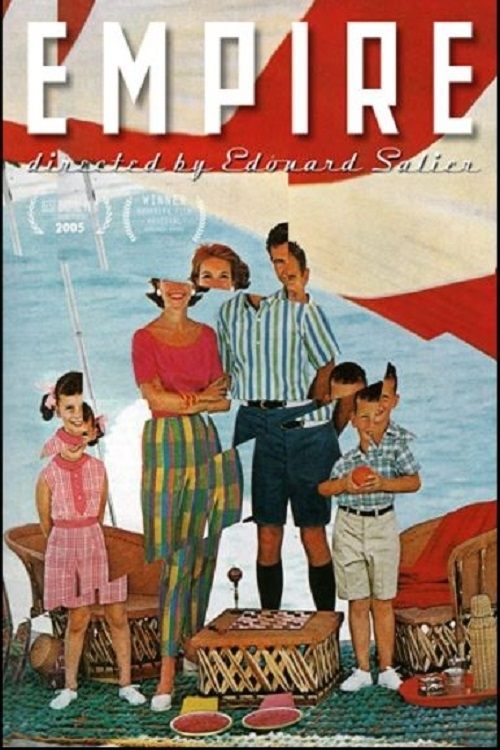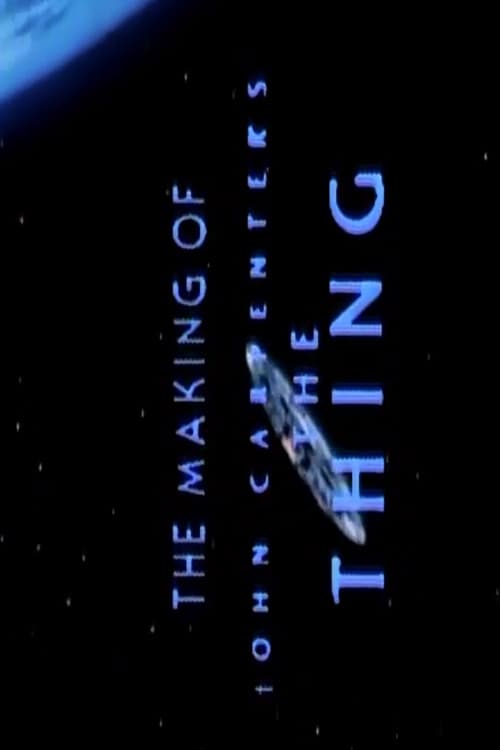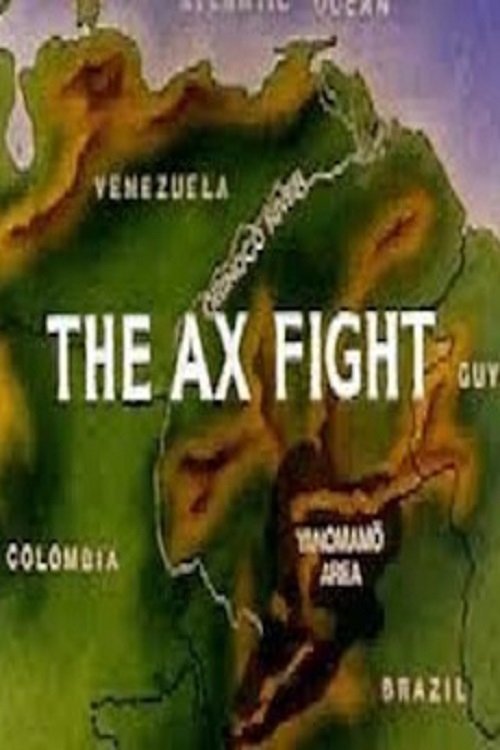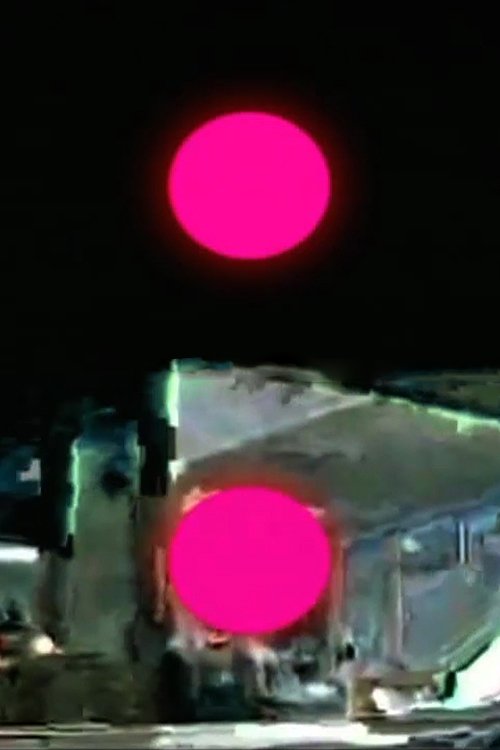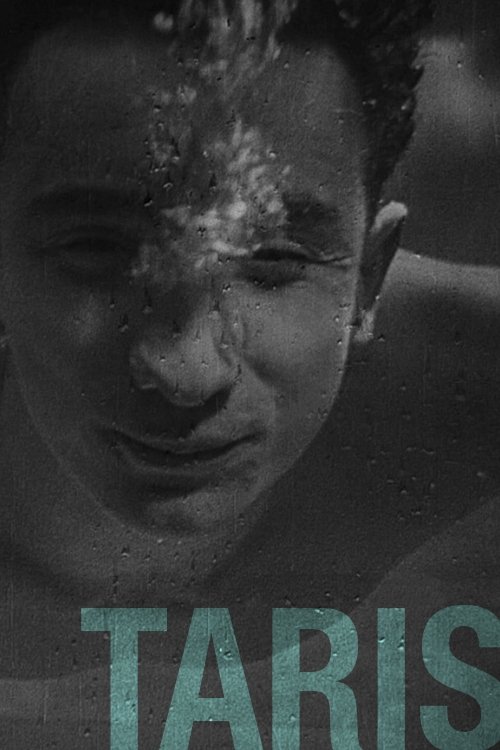
Taris (1931)
Overview
Short documentary directed by Jean Vigo about the French swimmer Jean Taris. The film is notable for the many innovative techniques that Vigo uses, including close ups and freeze frames of the swimmer's body.
Production Companies
Additional Info
| Budget | $0.00 |
|---|---|
| Revenue | $0.00 |
| Original Language | fr |
| Popularity | 3.589 |
Directed By
Jean Vigo
TOP CAST
Jean Taris
Himself
Similar Movies
Chelsea FC - Season Review 2020/21
'Making history, not reliving it.' That has been the mantra by which those at Stamford Bridge have lived and died since Roman Abramovich bought Chelsea in 2003. And as the final whistle blew on the final game of the season at the Estádio do Dragão in Portugal, history was made as Chelsea were once again crowned the kings of European football. The intentions of the club were clear from the start of the season, bringing in a host of top-class talent including Timo Werner and Kai Havertz from the Bundesliga, Hakim Ziyech from the Eredivisie, as well as defensive reinforcements in Thiago Silva and Ben Chilwell. However all was not going to plan mid-season with inconsistent results and a managerial change suggesting this was going to be no more than a season of transition. But a spectacular turnaround, masterminded by the managerial nous of Thomas Tuchel, led to a top-four Premier League finish, an FA Cup final, and the greatest club prize of them all - the Champions League trophy.
Land Without Bread
An exploration —manipulated and staged— of life in Las Hurdes, in the province of Cáceres, in Extremadura, Spain, as it was in 1932. Insalubrity, misery and lack of opportunities provoke the emigration of young people and the solitude of those who remain in the desolation of one of the poorest and least developed Spanish regions at that time. (Silent short, voiced in 1937 and 1996.)
Olympia: Part One – Festival of the Nations
Commissioned to make a propaganda film about the 1936 Olympic Games in Germany, director Leni Riefenstahl created a celebration of the human form. This first half of her two-part film opens with a renowned introduction that compares modern Olympians to classical Greek heroes, then goes on to provide thrilling in-the-moment coverage of some of the games' most celebrated moments, including African-American athlete Jesse Owens winning a then-unprecedented four gold medals.
Olympia: Part Two – Festival of Beauty
Commissioned to make a propaganda film about the 1936 Olympic Games in Germany, director Leni Riefenstahl created a celebration of the human form. Where the two-part epic's first half, Festival of the Nations, focused on the international aspects of the 1936 Olympic Games held in Berlin, part two, The Festival of Beauty, concentrates on individual athletes such as equestrians, gymnasts, and swimmers, climaxing with American Glenn Morris' performance in the decathalon and the games' majestic closing ceremonies.
Workers Leaving the Lumière Factory
Working men and women leave through the main gate of the Lumière factory in Lyon, France. Filmed on 22 March 1895, it is often referred to as the first real motion picture ever made, although Louis Le Prince's 1888 Roundhay Garden Scene pre-dated it by seven years. Three separate versions of this film exist, which differ from one another in numerous ways. The first version features a carriage drawn by one horse, while in the second version the carriage is drawn by two horses, and there is no carriage at all in the third version. The clothing style is also different between the three versions, demonstrating the different seasons in which each was filmed. This film was made in the 35 mm format with an aspect ratio of 1.33:1, and at a speed of 16 frames per second. At that rate, the 17 meters of film length provided a duration of 46 seconds, holding a total of 800 frames.
Island of Lemurs: Madagascar
The incredible true story of nature’s greatest explorers—lemurs. Through footage captured with IMAX 3D, audiences go on a spectacular journey to the remote and wondrous world of Madagascar. Join trailblazing scientist Patricia Wright on her lifelong mission to help these strange and adorable creatures survive in the modern world.
Hymn of the Nations
Hymn of the Nations, originally titled Arturo Toscanini: Hymn of the Nations, is a 1944 film directed by Alexander Hammid, which features the "Inno delle nazioni," a patriotic work for tenor soloist, chorus, and orchestra, composed by Italian opera composer Giuseppe Verdi in the early 1860s. (For this musical work, Verdi utilized the national anthems of several European nations.) In December 1943, Arturo Toscanini filmed a performance of this music for inclusion in an Office of War Information documentary about the role of Italian-Americans in aiding the Allies during World War II. Toscanini added a bridge passage to include arrangements of "The Star-Spangled Banner" for the United States and "The Internationale" for the Soviet Union and the Italian partisans. Joining Toscanini in the filmed performance in NBC Studio 8-H, were tenor Jan Peerce, the Westminster Choir, and the NBC Symphony Orchestra. Preserved by the Academy Film Archive in 2010.
Give Us the Earth!
This "Theater of Life" documentary was produced in cooperation with the International Committee, YMCA. It focuses on the work of Dr. Spencer Hatch, as he shows residents of small Mexican villages how to make their land better able to grow food and make them more independent.
Water Trix
In this Pete Smith Specialty, cameraman Charles T. Trego films water skiing champion Preston Petersen, as he and two unnamed female skiers perform various tricks and feats of skill in their sport.
All Still Orbit
A breathtaking quest for the dream the imposing city of Brasilia was based on, a marked contrast with the chaos of the adjacent construction workers' village. Everything about Brasilia was devised and designed, but not on the basis of some cold urban design concept: the plan proves to originate from 19th-century priest Don Bosco’s dream. The chaos and disorder of the adjacent construction workers' village Vila Amauri long stood in stark contrast to the grandeur and majestic regularity of Brasilia. Now the village has disappeared beneath the reservoir’s surface, the necessary order has been restored. All Still Orbit examines both these histories.
A New Romance of Celluloid: The Miracle of Sound
This short documentary, presented and directed by MGM sound engineer Douglas Shearer, goes behind the scenes to look at how the sound portion of a talking picture is created.
The Ax Fight
The Ax Fight (1975) is an ethnographic film by anthropologist and filmmaker Tim Asch and anthropologist Napoleon Chagnon about a conflict in a Yanomami village called Mishimishimabowei-teri, in southern Venezuela. It is best known as an iconic and idiosyncratic ethnographic film about the Yanomamo and is frequently shown in classroom settings.
Beneath the Concrete, The Forest
“Beneath the Concrete, The Forest” is a short experimental documentary that takes us inside an ongoing struggle inside the city of Atlanta, GA between two sides to determine the future of Weelaunee, the biggest contiguous urban forest in the country.
Untitled (Pink Dot)
In Untitled (Pink Dot), Murata transforms footage from the Sylvester Stallone film First Blood (1982) into a morass of seething electronic abstraction. Subjected to Murata's meticulous digital reprocessing, the action scenes decompose and are subsumed into an almost palpable, cascading digital sludge, presided over by a hypnotically pulsating pink dot.



